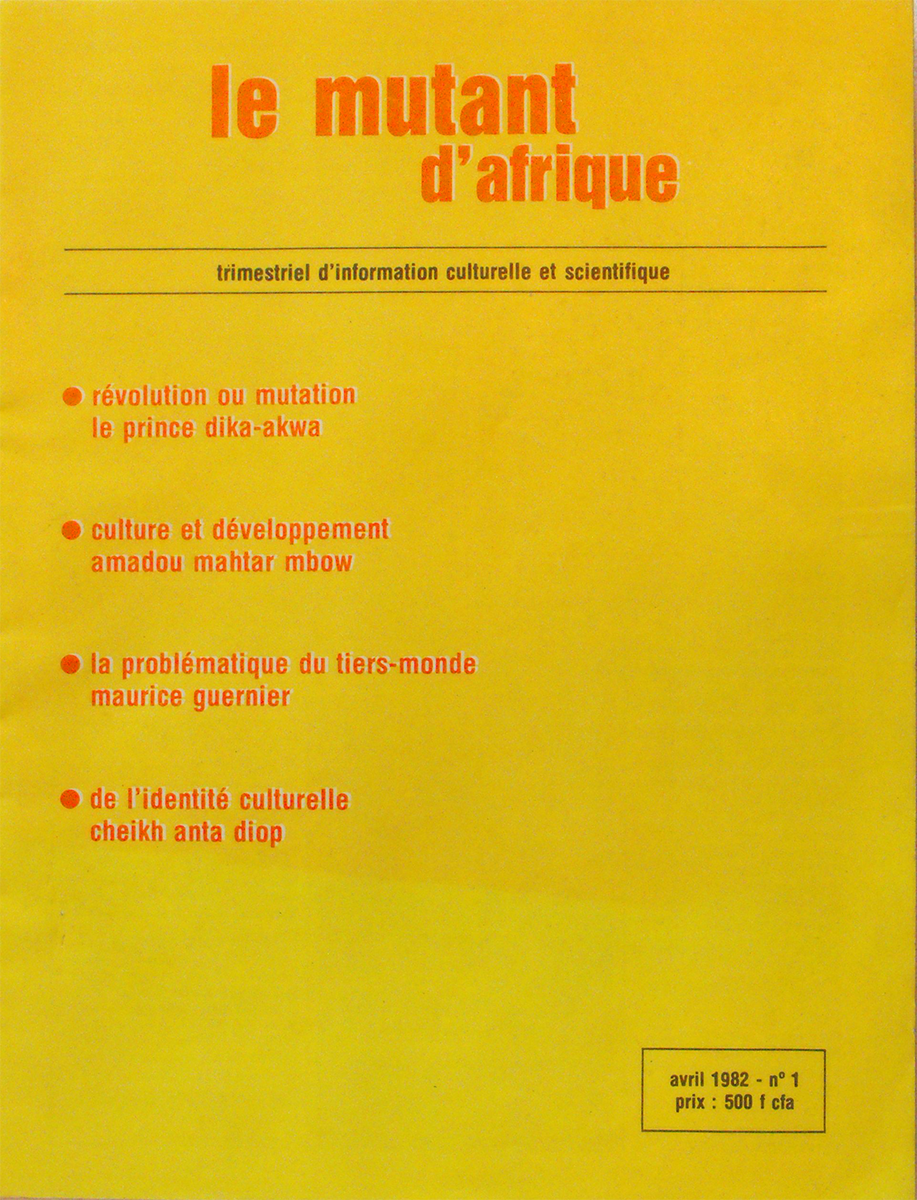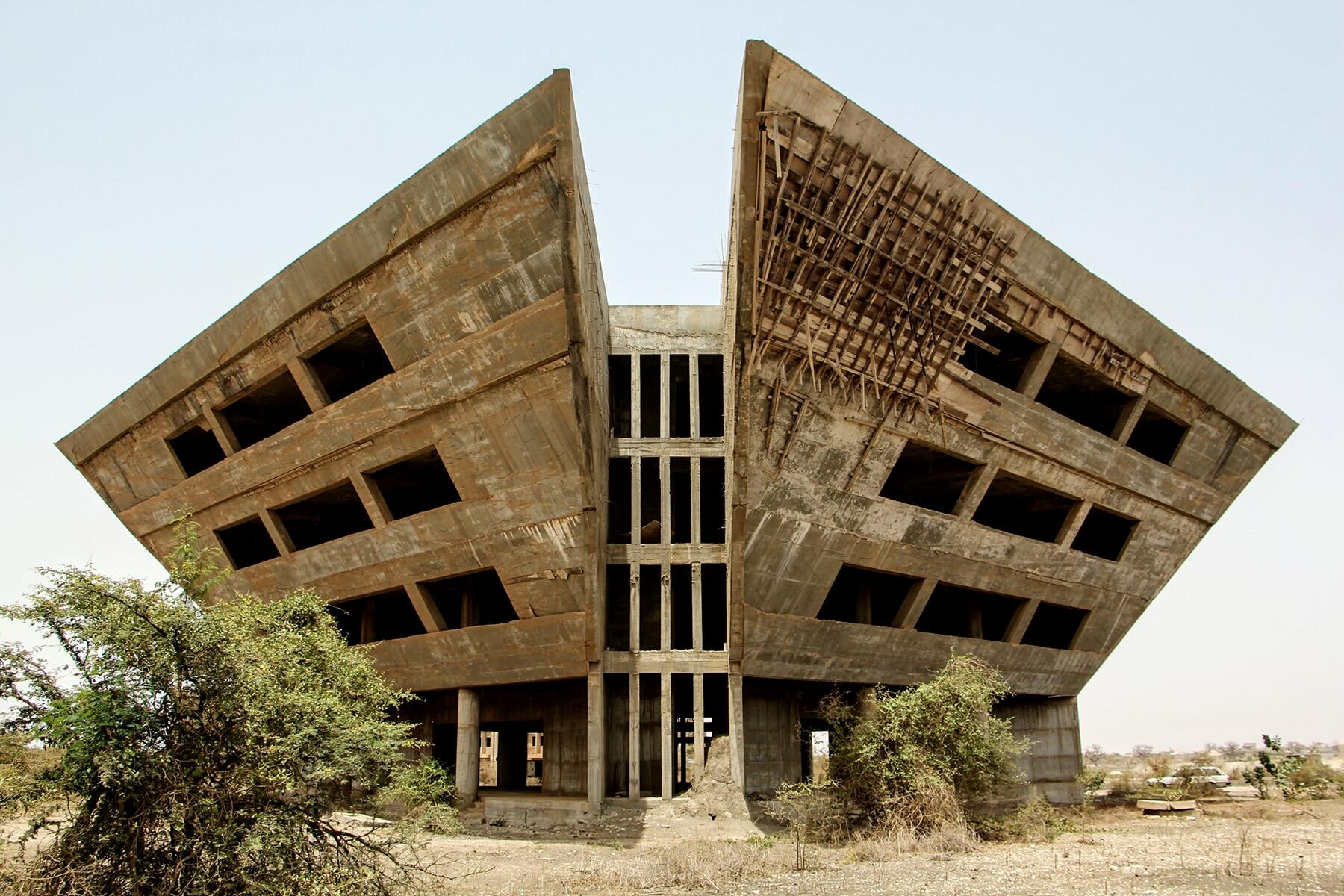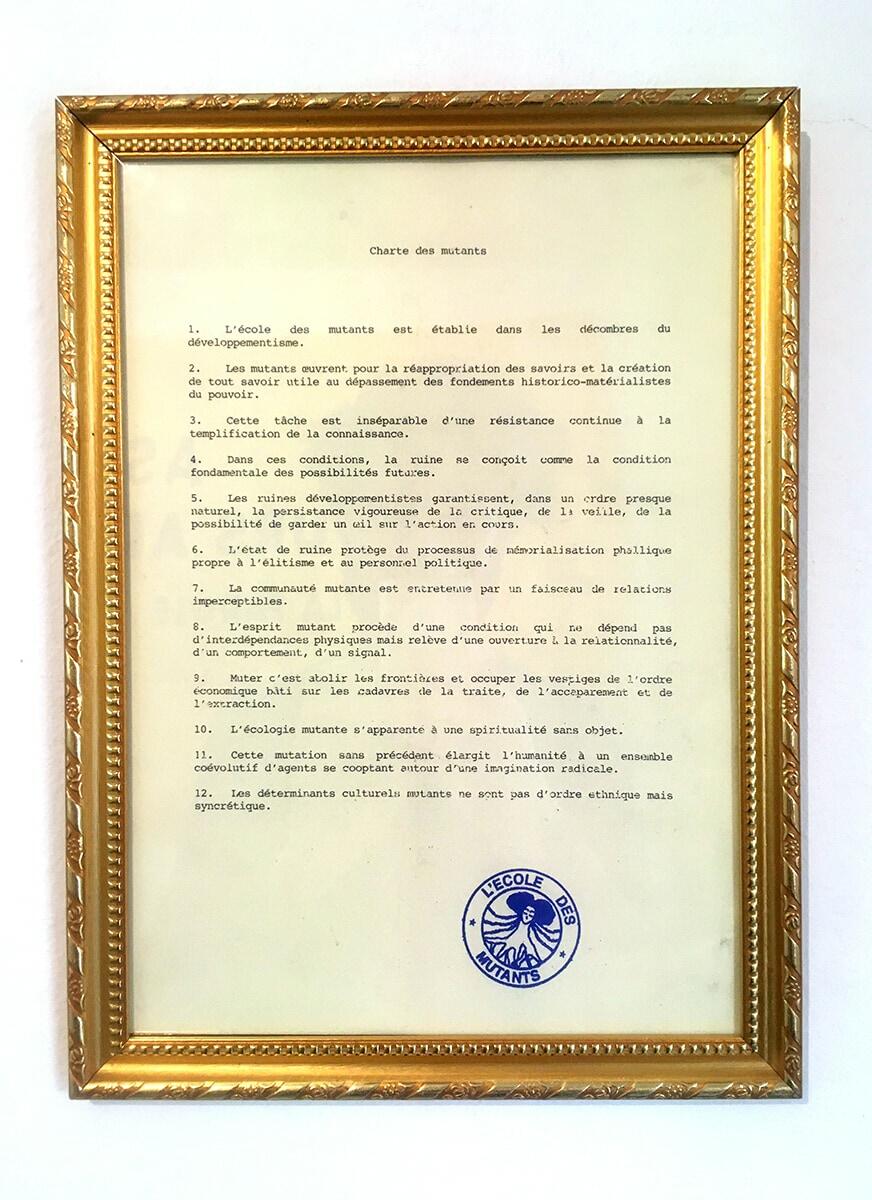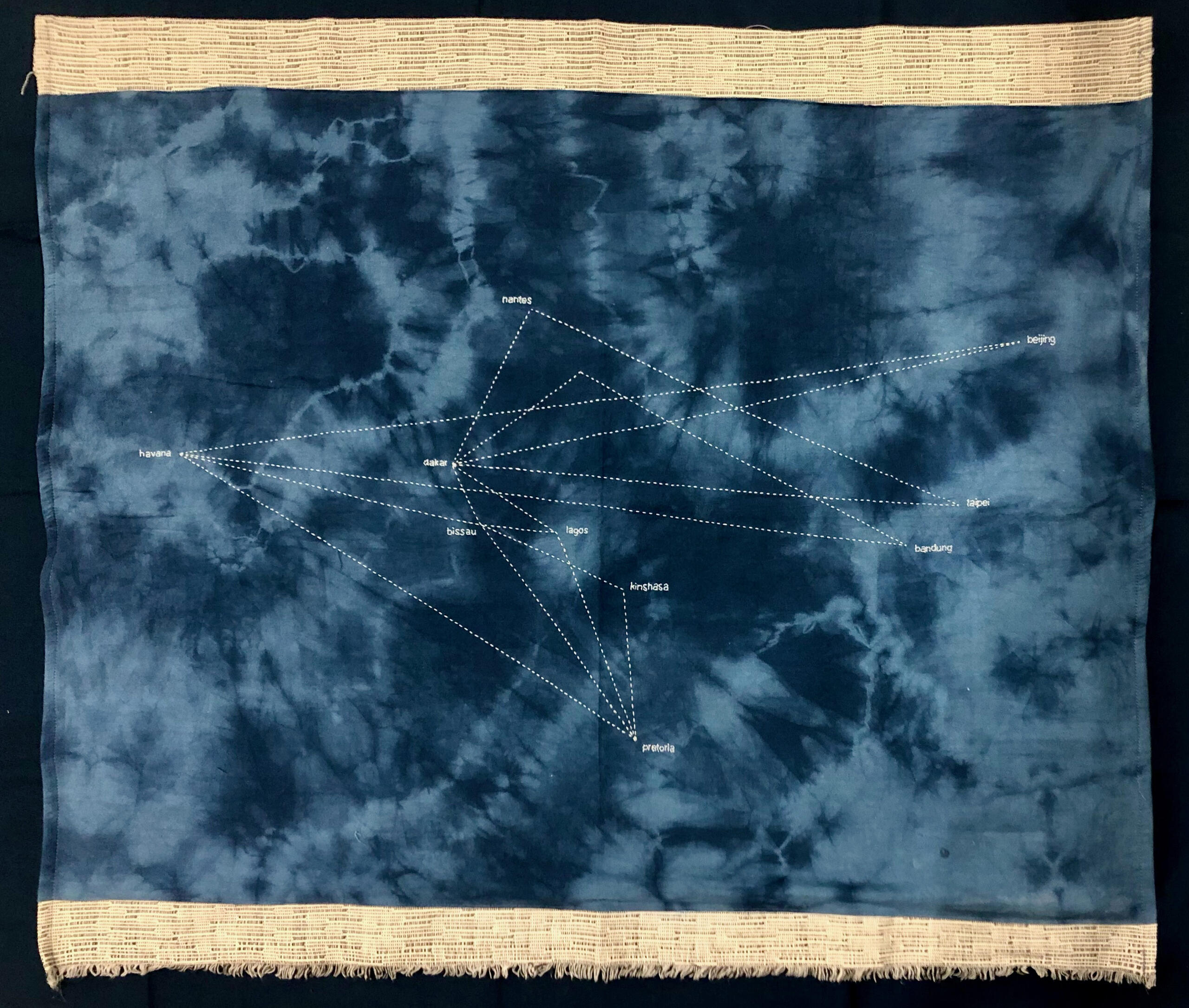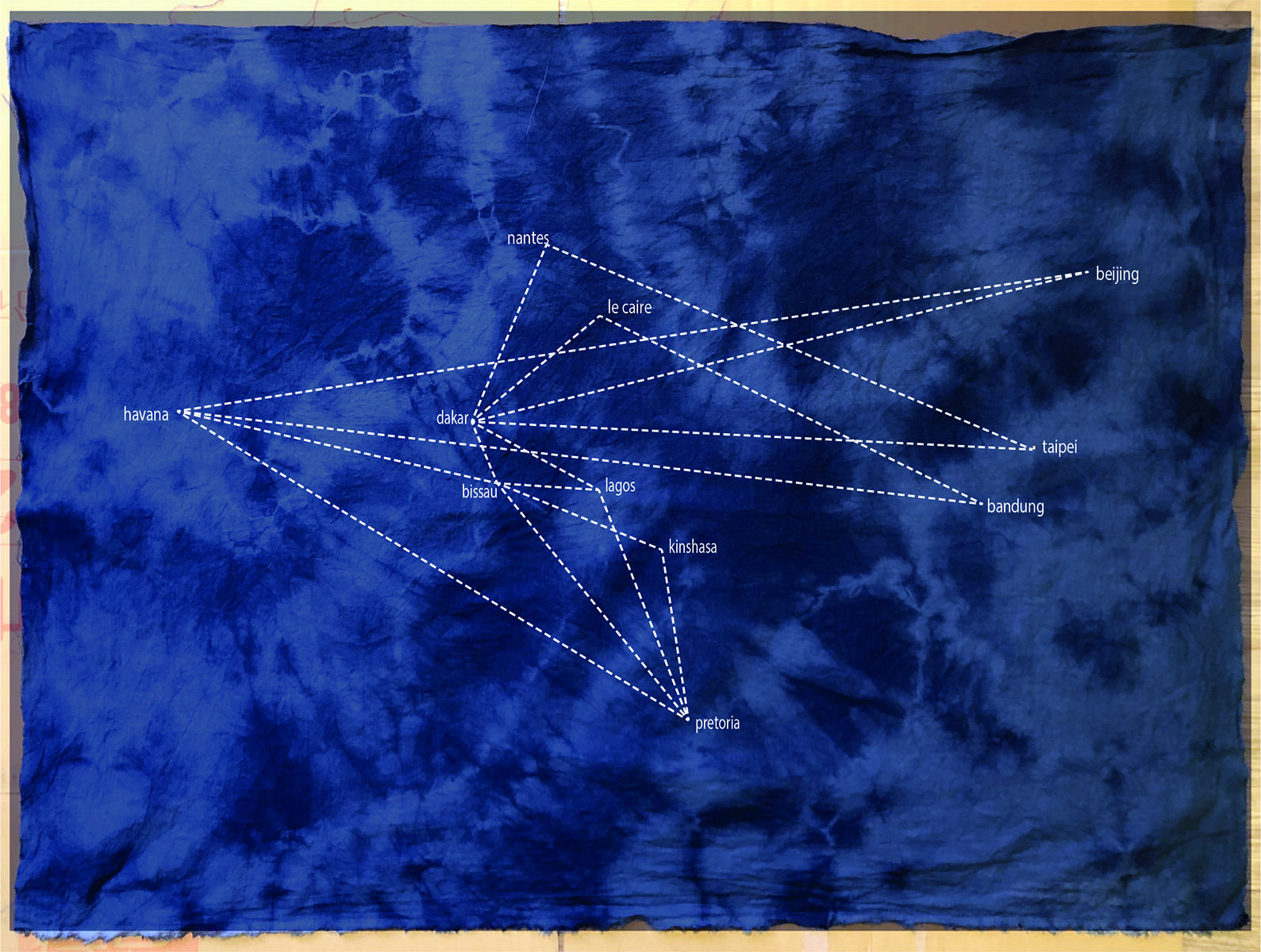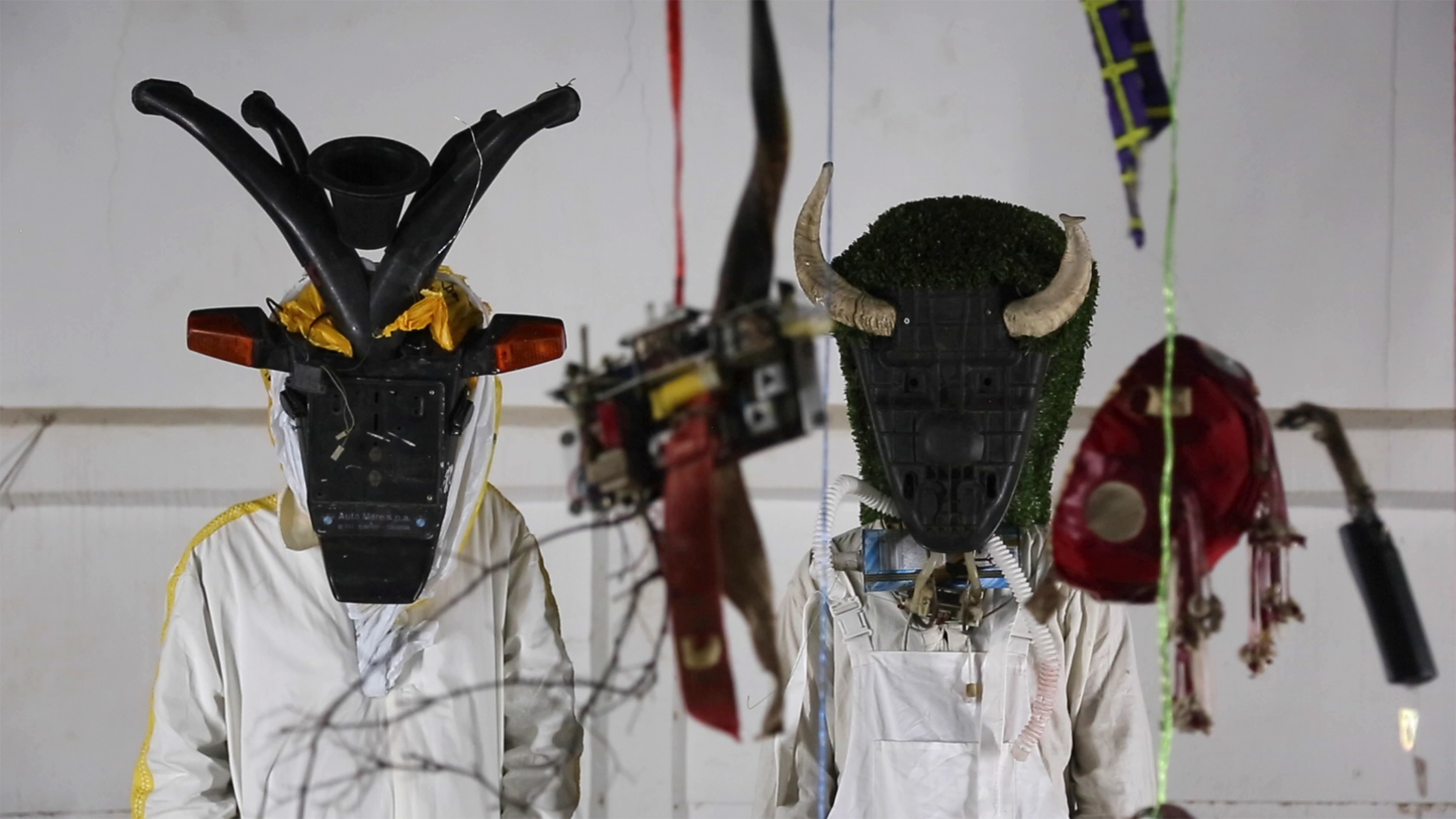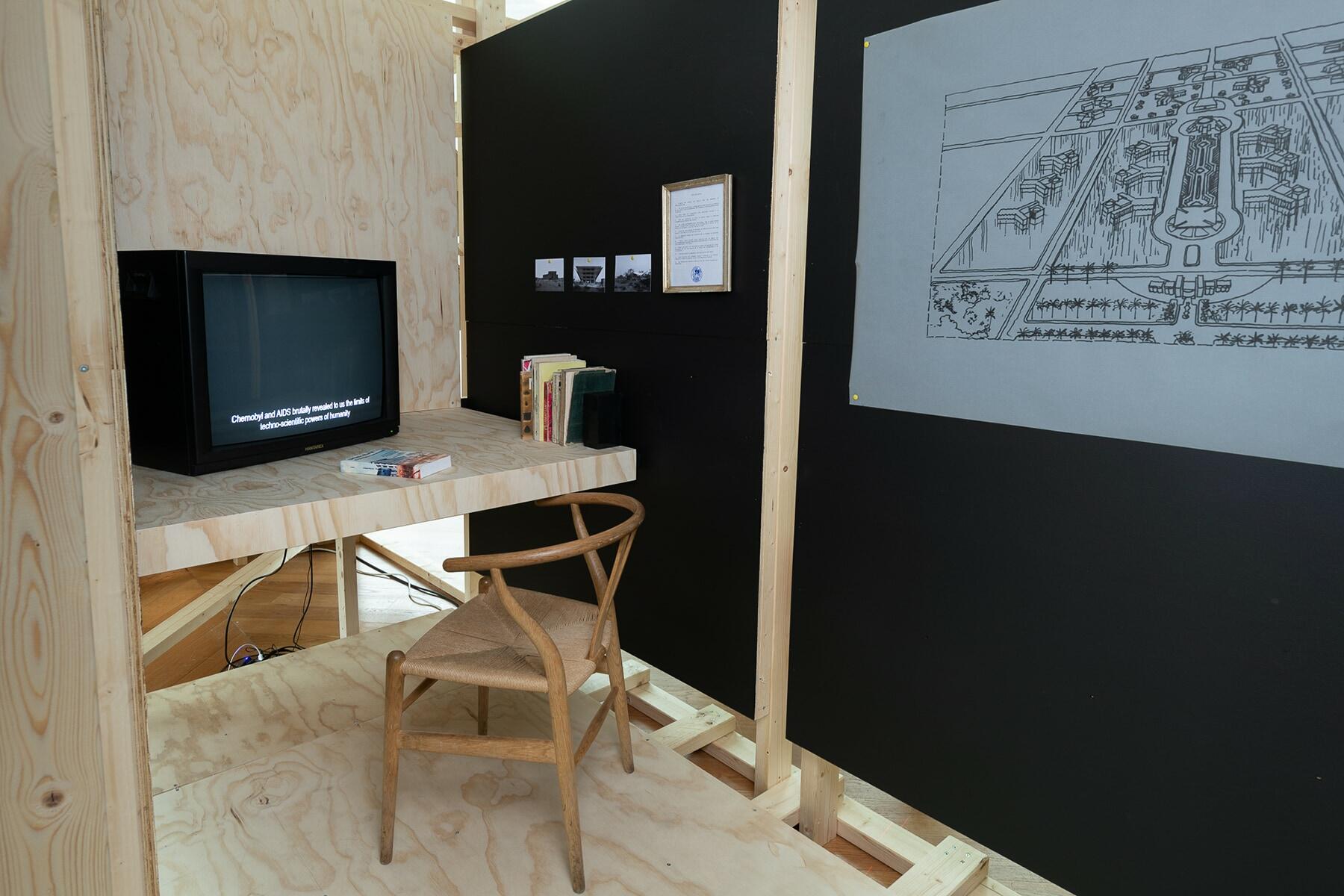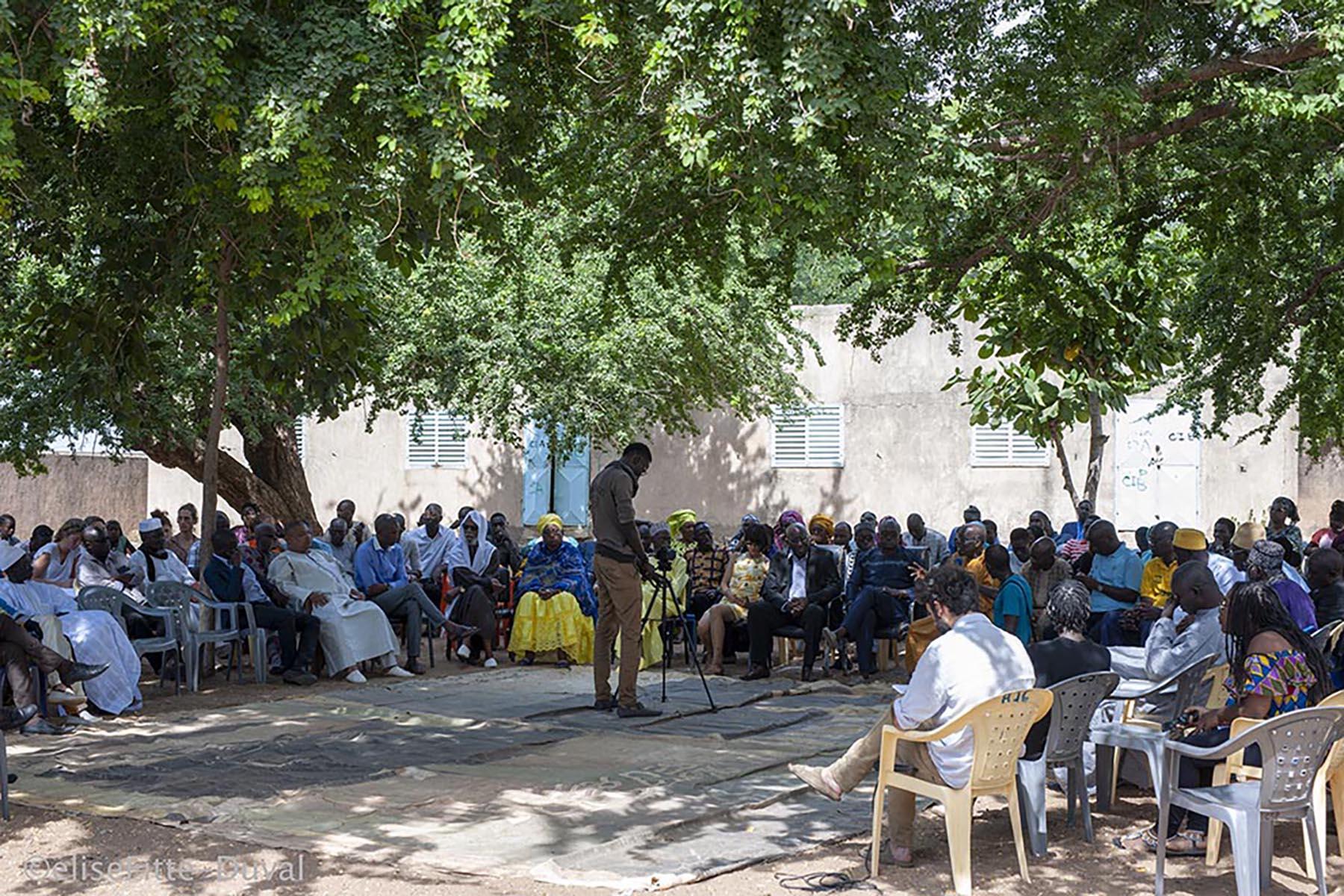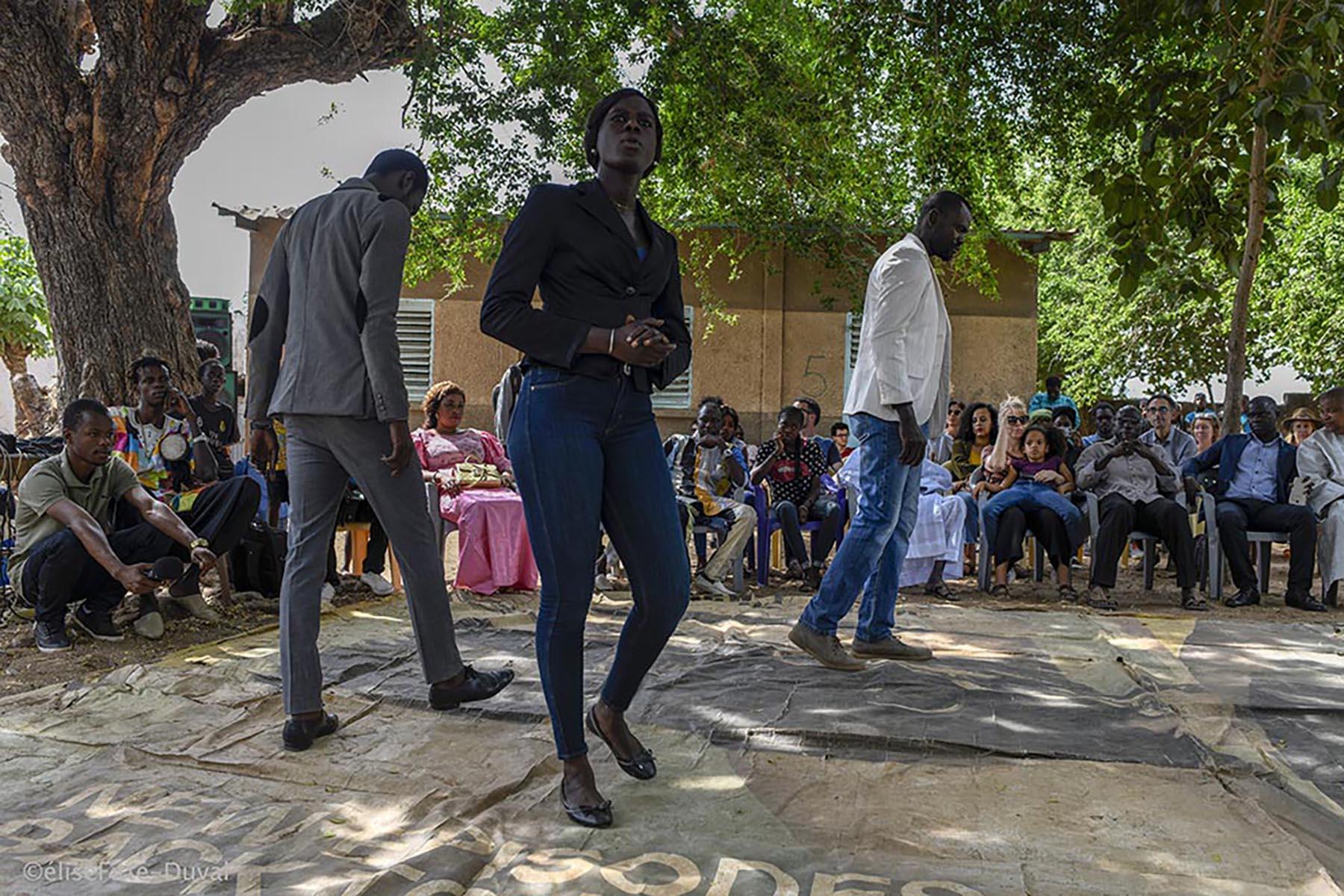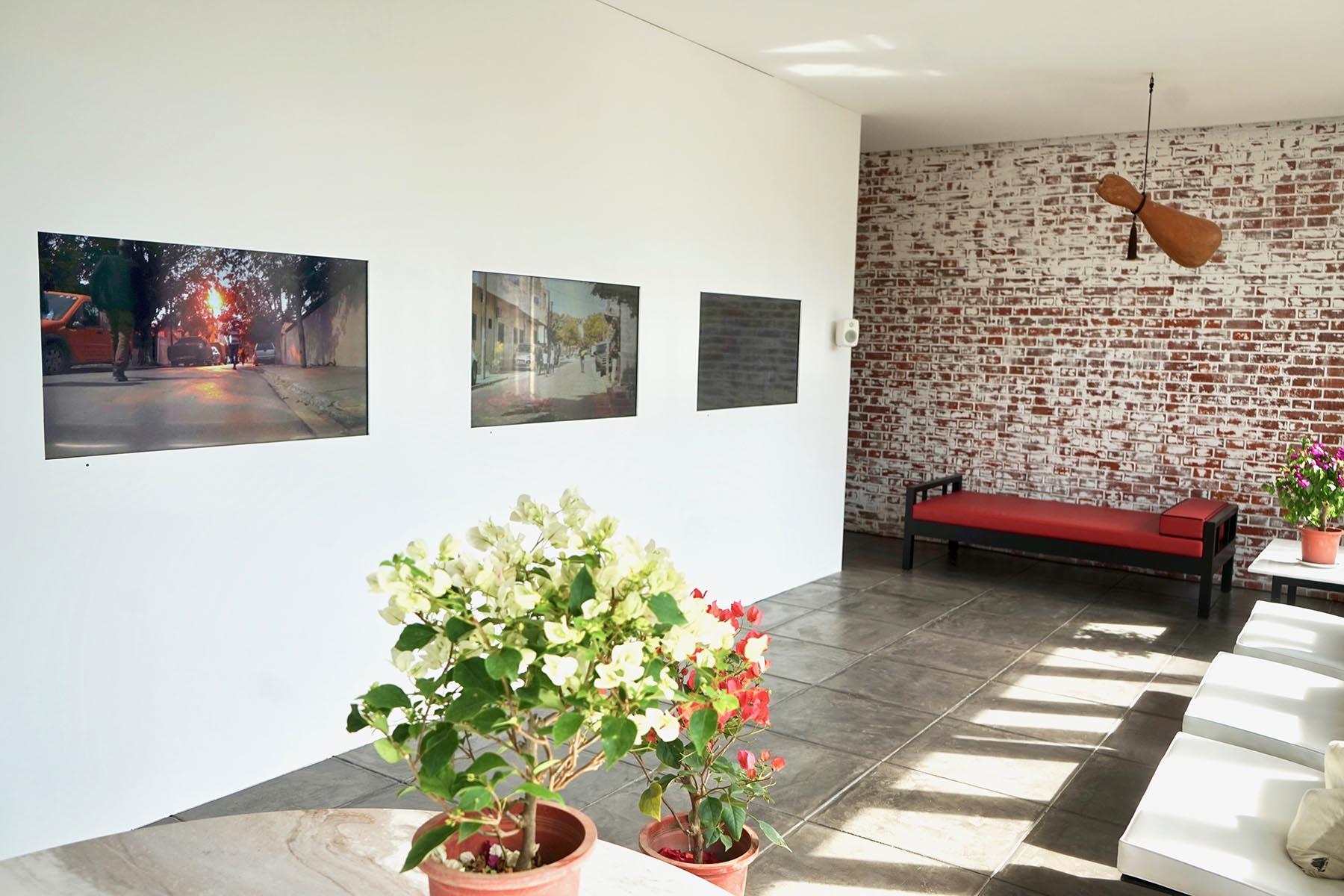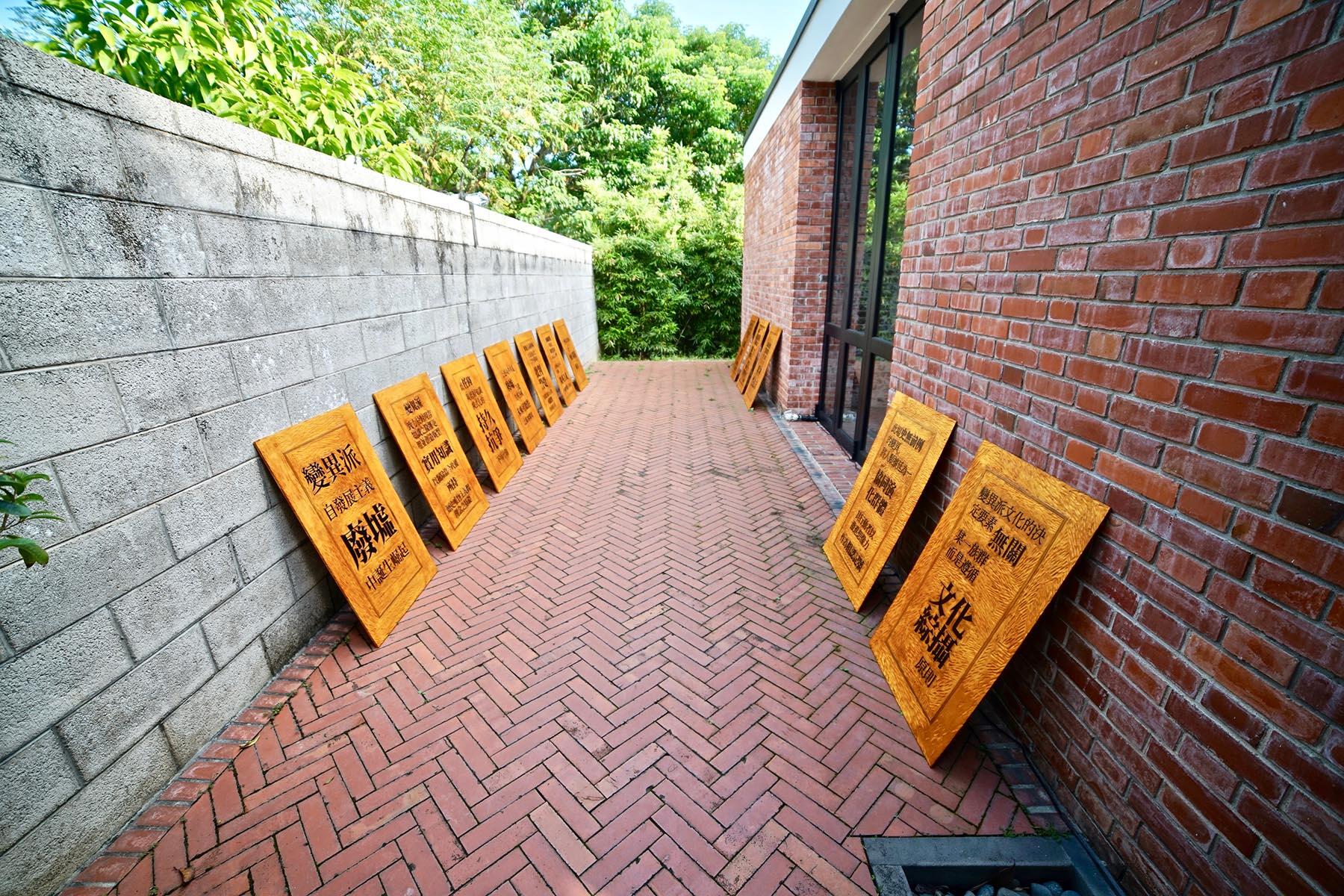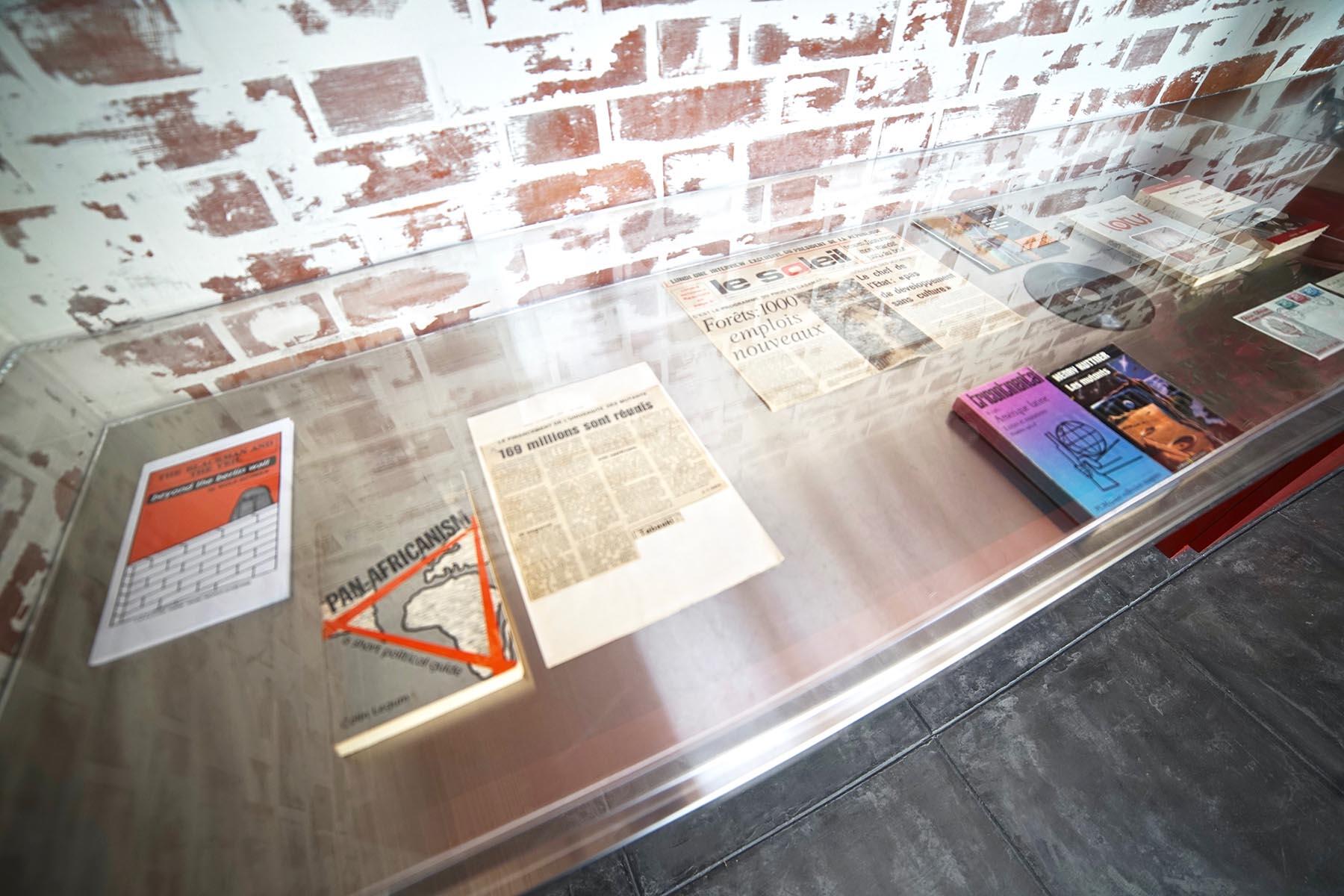Acteur
Hamedine Kane, a Senegalese-Mauritanian artist and director, lives and works between Brussels and Dakar. In his work, the themes of borders and exile are intertwined with the past and the future, with memory and heritage, transgressing and irrigating the limits of space and time. He has participated in the Taipei and Casablanca Biennials and in various exhibitions as part of the Africa2020 season. His film La Maison Bleue, which had its world premiere at the IDFA in Amsterdam in November 2020, received a special mention from the jury. Stéphane Verlet Bottéro is an artist, environmental engineer and independent curator. He lives and works between Paris and London. His work explores the political and ecological processes of singularisation and repair. He teaches at the École Centrale Paris. He is an associate curator of the NA Project fund and a researcher at Unbewitch Finance Lab. He has collaborated with ZKM (Karlsruhe), Taipei Fine Arts Museum (Taipei), Inland (Madrid), Institut Kunst (Basel), Technê Institute (Buffalo), Science Museum (London) and DOCUMENTA (13) (Kassel).
Action
L’École des Mutants is a collaborative art and research platform involving artists, artisans, activists, theorists, curators, initiated in Dakar in 2018. In the wake of Senegalese independence, a wave of alternative educational experiments emerged, mixing utopia, pan-Africanism and radical architecture. Mostly forgotten, these schools have followed one another according to the government, drawing a complex history where knowledge and power are intertwined in the search for decolonised futures. From the University of the African Future in Diamniadio, the thread of the investigation goes back to the ruins of the colonial school William Ponty via the former L’École des Mutants on the island of Gorée. The transcultural Action proposed with the Mutants’ Charter questions with irony and poetry the heritage of these multiple pan-African futurisms. It is based on fieldwork and archival research that crystallised great political promises, third-world solidarity and post-colonial disenchantment.
